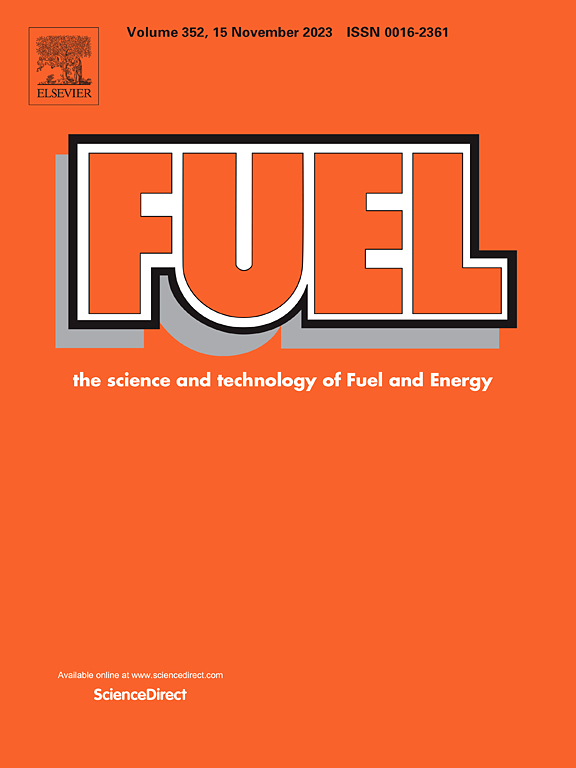Enhancing stability and PEC performance of TiO2 for Bias-Free seawater splitting with an FeS layer and In-Situ FeOOH Regeneration
IF 6.7
1区 工程技术
Q2 ENERGY & FUELS
引用次数: 0
Abstract
Photoelectrochemical (PEC) seawater splitting is a promising technology for renewable energy production. However, the photoanodes and photocathodes of PEC system faces challenges such as poor stability and low performance. In this study, a regenerable and highly stable TiO2/FeS/FeOOH photoanode was designed for PEC seawater splitting. The integration of p-type FeS formed a p-n heterojunction, improving the photogenerated carrier transfer. The FeOOH layer, formed by the electrochemical oxidation of FeS, serves as a dense co-catalyst protective layer, protecting the photoanode from seawater corrosion. Notably, the FeS material can continuously supply FeOOH through a simple in-situ electrochemical oxidation process, compensating for FeOOH consumption and making the photoanodes regenerable, thereby significantly extending their stability. The optimal TiO2/FeS/FeOOH achieved a photocurrent density of 2.08 mA/cm2 at 1.23 VRHE and an STH efficiency of 1.353 % in a bias-free tandem PEC seawater splitting cell. Assisted by the regenerable of FeOOH, the photoanode maintained 94.2 % of its performance after a 200-hour reaction. This study provides valuable insights for the development of PEC cells based on TiO2 materials for bias-free seawater splitting.

求助全文
约1分钟内获得全文
求助全文
来源期刊

Fuel
工程技术-工程:化工
CiteScore
12.80
自引率
20.30%
发文量
3506
审稿时长
64 days
期刊介绍:
The exploration of energy sources remains a critical matter of study. For the past nine decades, fuel has consistently held the forefront in primary research efforts within the field of energy science. This area of investigation encompasses a wide range of subjects, with a particular emphasis on emerging concerns like environmental factors and pollution.
 求助内容:
求助内容: 应助结果提醒方式:
应助结果提醒方式:


